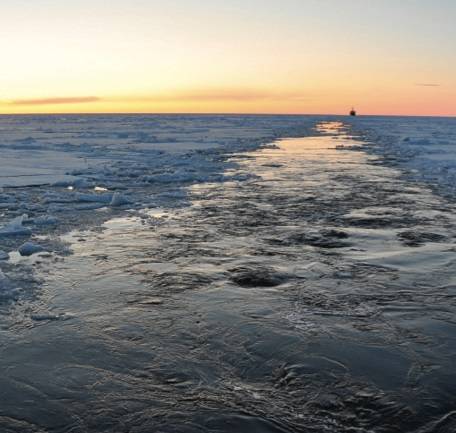Arctic Sea Routes of Limited Use to China
As China’s international trade remains seemingly ever-growing, the country continues to seek diversified options for expanding its global trade. The prospect of Arctic shipping passages have generated much discussion throughout the industry, especially as weather trends seem to implicate a potentially vast opening of passable routes, most specifically for China in the Northern Sea Route.
Executive Director of The Arctic Institute, Malte Humpert, conducted a study, “The Future of Arctic Shipping: A New Silk Road for China?” that explores global trade patterns, technology and infrastructure trends, and the implications Arctic shipping developments for China, and ultimately decides the region’s importance for China will be limited.
"The geographic distribution of China’s main trade partners and its substantial investments in port infrastructure along the existing trade routes do not support the idea of large-scale trans-Arctic shipping," Humpert said. "A closer look at the geographic distribution of China’s exports and imports reveals the impossibility of large-scale trans-Arctic shipping. Most of China's main trade partners are far removed from Arctic shipping routes. Trade with Northern Europe, the region most relevant to Arctic shipping, accounts for just 2.9%."
Humpert continued, "Over the next two decades Chinese trade within the Asia-Pacific region and with countries in the southern hemisphere will experience the sharpest growth. The importance of Europe as one of China’s major trading partners, on the other hand, will decline over the coming decades, reducing the likelihood of significant levels of trade between the two regions conducted via the Arctic."
“A new generation of ultra-large container ships and bulk carriers will offer vastly improved economies of scale and reduce costs to the point where Arctic shipping will not be economically viable even under ideal conditions," Humpert said.
According to Humpert, the Arctic is essentially incapable of competing with the already well established global sea routes. He said, "Future shipping in the Polar region will mostly consist of seasonal destinational transport, delivering supplies into the Arctic for its increasing economic activity and transporting the region’s natural resources to markets in East Asia."














